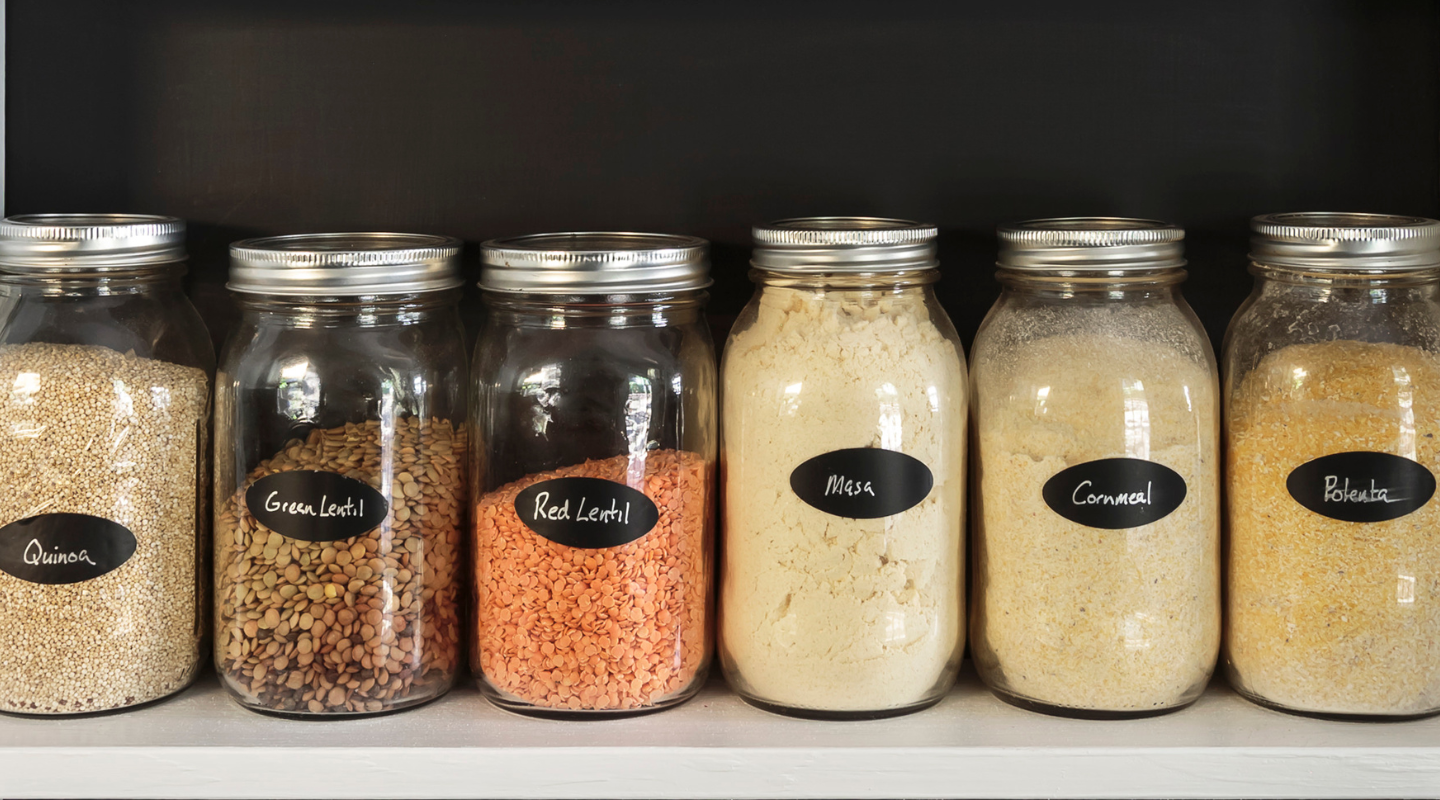The Facts:
Glass jars have been around since the 1800s but it wasn’t until the after 1900 that home canning was encouraged and seen as a way to provide better diets, preserve flavour, food longevity and reduce the cost of living. By the end of the century, the decline of the family farm, the low cost of commercially canned foods and the widespread use of freezers had made home canning more of a hobby than a habit.
The Trends:
In the new millennium, we have other things on our mind. With the growing concerns over global-warming, as well as our valid worries over food safety, the relationships between food, flavor, health, packaging and sustainability are now at the forefront of our thoughts.
A trend among consumers is emerging: the desire to live a healthy and sustainable lifestyle. This has been seen in the rapid rise of organic food and farming, the return to popularity of home-cooking and preserving, and an increasing awareness and interest in our foods’ sources and ingredients.
More and more of us are realizing that the future of our planet may very well depend on where we get our food, what we choose to eat and how we decide to store it.
Nutritious and Delicious
The InSites survey goes on to show that the preference for glass is particularly high when it comes to certain food and drink categories where flavor is everything, such as spirits, wines and beers. More than that, glass also preserves the natural aromas, tastes and textures, making it the perfect material to store fresh and perishable products as fruit juices, smoothies and tomato-based sauces.
Glass is the material of choice for chefs, in particular, Geir Skeie who knows that glass is a true food lover. The purity of glass ensures that food retains its great flavour.
WATCH THE VIDEO:




